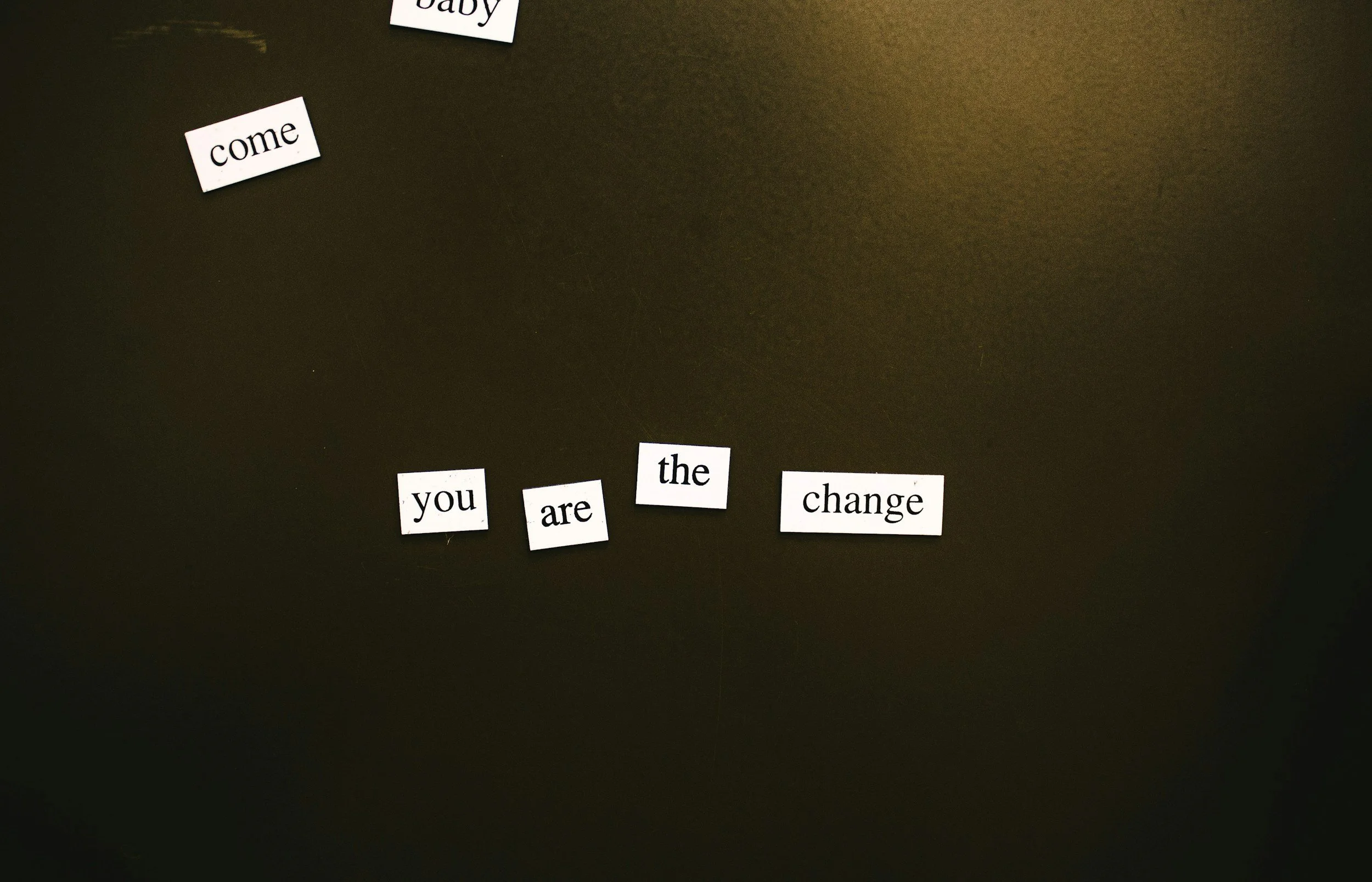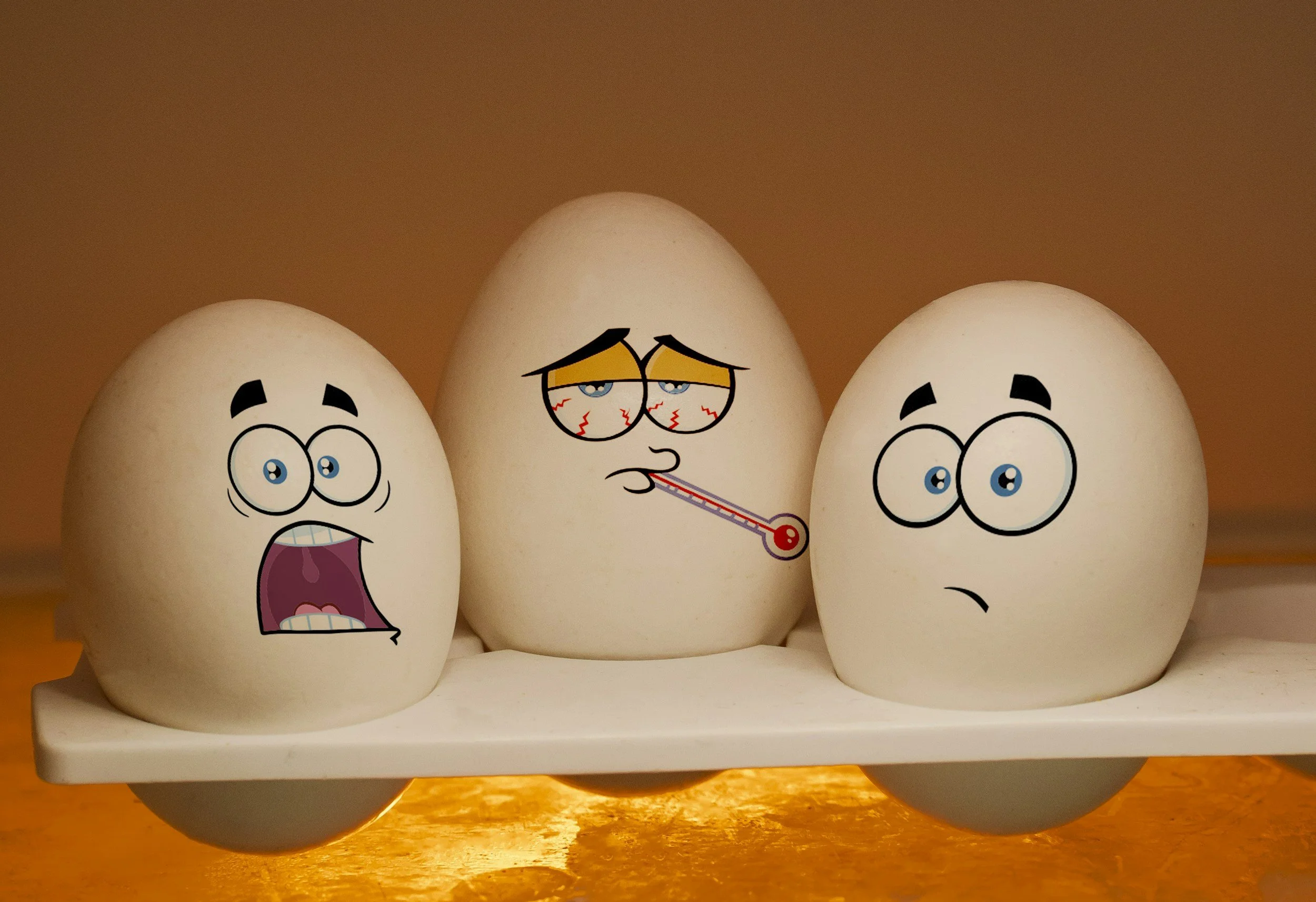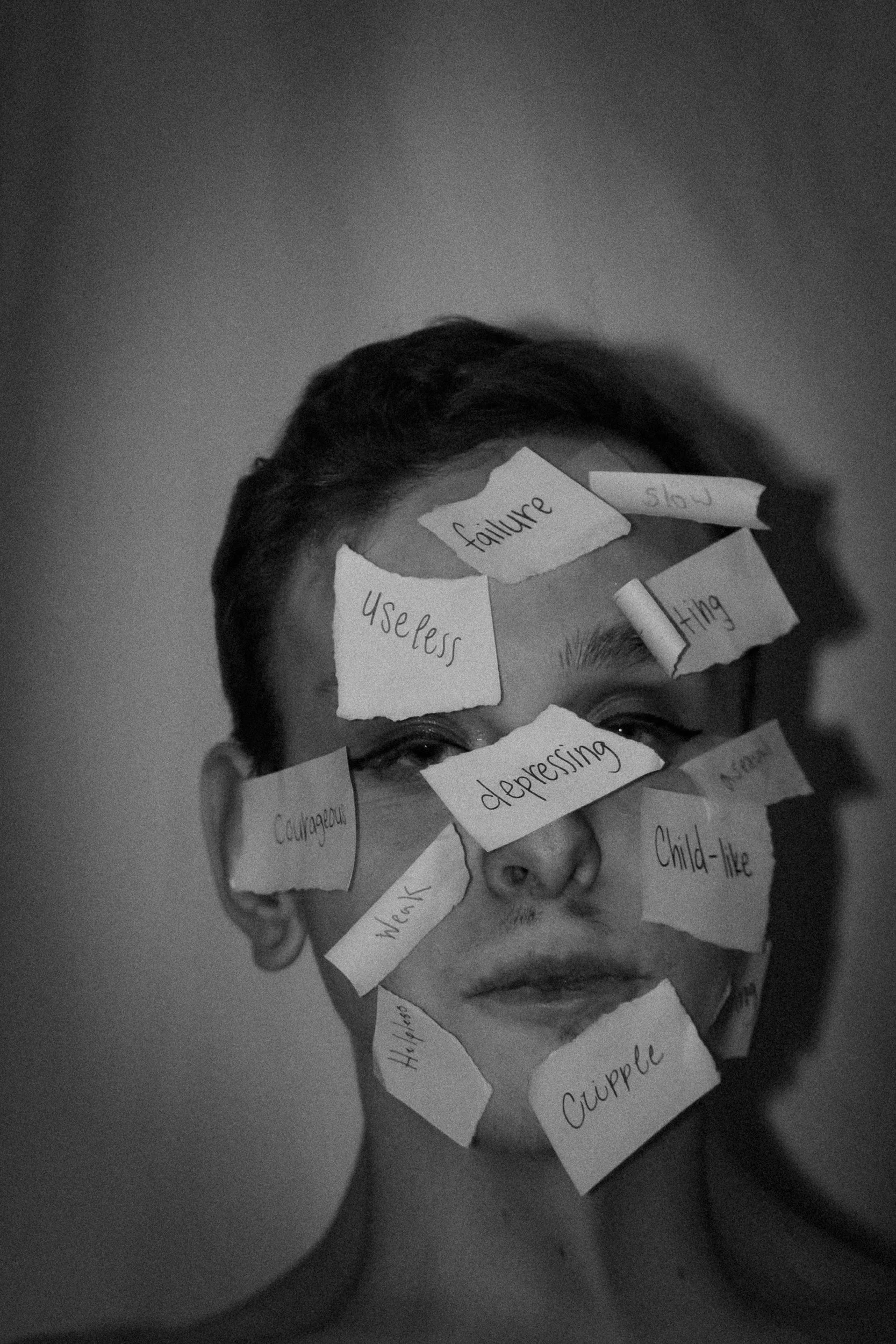The Therapy Journal
This is where psychotherapy steps out of the session and into conversation. From our defences that shape our daily lives to the emotions that drive our choices, these pieces explore the human mind through a psychodynamic lens.
Whether clinical or cultural, every post asks the same question: what happens when we stop avoiding our feelings?
Where therapy meets everyday life…

What the Latest UK Therapy Data Really Tells Us: and What It Means If You’re Thinking About Therapy
Therapy is now mainstream in the UK: 35% of adults have had therapy, and most found it helpful. Loneliness is a major mental health driver, especially for young people, sitting underneath anxiety, stress, and depression. Human therapy still matters: most people trust therapists far more than AI or influencers for emotional support. Not all therapists are regulated, so training, ethics, and accountability are crucial when choosing support. Online and in-person therapy both work: what matters most is feeling safe enough to be honest and emotionally present.

Four Thousand Hours: A Reflection on Depth, Distance, and the Digital Room
After four thousand hours of online psychodynamic work, I’ve learned that profound emotional work is possible when convenience meets courage. It depends on what both therapist and client can bear to feel, and what they can stay with long enough to transform. Depth work goes beyond ‘fixing’ surface-level symptoms. Here, we build the capacity to feel, experience your emotions and tolerate anxiety. So you can stop letting the history you carry dictate your present and derail your potential future. This is the path to emotional freedom…

What Happens When You Finally Feel the Feeling You’ve Avoided?
Emotional avoidance is a primal strategy used to survive feelings that once felt dangerous. Although insight is the first step towards integration, sensation has to follow: The felt emotional experience, and the courage to turn toward the anxiety that rises when old feelings surface. This process actively builds your emotional capacity, allowing emotion to process fully and permanently shrinking the power of old defences and the punishing inner critic. The result is a profound return to the most authentic version of yourself.

The Hidden Map of Suffering: How the Three Core Fears Dictate Your Life: And How to Find Freedom…
The anxiety, relationship patterns, and self-sabotage in your life are not random. They are rooted in three specific, core psychological fears: Fear of Self, Fear of Feelings, and Fear of Closeness. We explore how these fears turn history into destiny, and how using the Therapy FAD Framework (Feelings–Anxiety–Defence) can restore your capacity for emotional freedom.

The Unseen Battle: What Netflix’s Stranger Things 5 Teaches Us About Trauma, Shame, and the Inner Critic
Psychodynamic therapist Rick Cox (MBACP) links Stranger Things 5 to depth therapy. Vecna embodies the inner critic and shame; the Upside Down mirrors unconscious conflict. Healing requires the courage to face emotional avoidance and build the capacity for emotional freedom.

What Therapists Feel But Rarely Say
Behind the Room: Psychodynamic therapist Rick Cox reveals the truth of the therapeutic relationship, explaining countertransference, the courage of clients, and how facing emotional avoidance leads to freedom.

You’re Not Relating. You’re Re-Enacting…
Psychodynamic depth work explains why you repeat painful relationship patterns. Discover how therapy targets repetition compulsion and emotional avoidance to help you break free from the past and find genuine intimacy.

The Therapist’s Silence: What It Really Means
Behind the room: Psychodynamic therapist Rick Cox explains silence in therapy: it is not an awkward absence, but a courageous container for emotional avoidance. Learn how this focused attention facilitates containment and breakthroughs in depth work.

What Your Therapist Really Thinks About You
Behind the room: Psychodynamic Psychotherapist Rick Cox reveals the truth behind the room: we don't judge you. Learn how therapists focus on your courage, tackle the inner critic, and use depth work to facilitate profound emotional transformation.

Netflix’s Monster: The Ed Gein Story: When the “Monster” Speaks
Psychodynamic psychotherapist Rick Cox analyses Netflix’s Monster to explore how trauma leads to emotional fragmentation. Learn how containment fails and why facing internal shame and emotional avoidance is the core of therapeutic change.

When Growth Feels Like Collapse
Psychodynamic therapist Rick Cox explains why change feels overwhelming: anxiety rises as old defences break. Learn how this necessary 'collapse' signals the emergence of your authentic self, leading to long-term emotional freedom.

What Cures in Therapy Is Truth…
Psychodynamic therapist Rick Cox explains why insight alone doesn't heal. Discover how embracing emotional truth and confronting unconscious conflict (often avoided by shame and anxiety) is the core mechanism of ISTDP-informed change and the beginning of emotional freedom.

The Man in Black: How Johnny Cash (and My Therapy Uniform) Teach Us About Containment
Psychodynamic therapist Rick Cox explores containment in therapy, linking his trademark professional attire to the clinical lessons of therapy. Discover how a therapist's steady presence creates the safety needed to face anxiety and overcome emotional avoidance.

The Song That Saves You: What Johnny Cash Can Teach Us About Authenticity in Therapy
Psychodynamic therapist Rick Cox uses the when Johnny Cash met Sam Phillips Walk the Line scene to illustrate why authentic expression cures. Learn how ISTDP-informed challenges encourage clients past emotional avoidance to discover the emotional truth needed for long-term change.

The Psychology of the Inner Critic: How the Voice Inside You Took Power
Psychodynamic therapist Rick Cox explains how the punishing internal voice takes power, linking it to shame and past emotional avoidance. Learn how we use The Therapy FAD Framework (Feelings, Anxiety, Defence) to shine a light on the self-attack and challenge the inner critic to achieve emotional freedom.

Why We Repeat What Hurts Us: The Pull of Familiar Pain
Psychodynamic therapist Rick Cox explains how repetition compulsion keeps you stuck in destructive relationship patterns. Discover how depth work targets unconscious conflict and builds the courage needed for emotional freedom.

The Therapy FAD? Rethinking our Feelings, Anxiety and Defences Across Modalities
Every client’s struggle follows the same human sequence: feelings trigger anxiety, and anxiety triggers defences. The “Therapy FAD” reframes this not as pathology, but as survival. When therapists learn to read defences as signals of unprocessed feeling, and regulate anxiety rather than chase thoughts, therapy becomes a space for transformation, not resistance.

From Pain to Possibility: What Nine Inch Nails: The Downward Spiral Teaches Us About Being Human
Psychodynamic therapist Rick Cox analyses the album The Downward Spiral to explore shame, trauma, and emotional avoidance. Learn how facing these core psychological fears is the only path to emotional integration and freedom

Why Therapy? The Real Question Nobody Asks
Psychodynamic therapist Rick Cox explains that therapy's true goal is building emotional capacity. Learn how ISTDP-informed depth work helps you face difficult feelings without collapsing into defences or letting anxiety keep you stuck.

Two Types of Emotional Avoidance in Relationships and Why It Hurts So Much
Psychodynamic therapist Rick Cox details the two types of emotional avoidance: 1) Passive avoidance rooted in childhood trauma and 2) Active avoidance via toxic positivity or control. Learn how therapy heals these relationship struggles by restoring your emotional capacity.